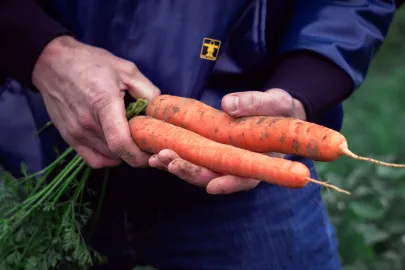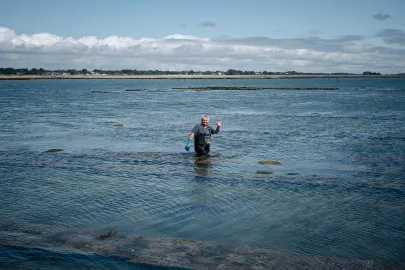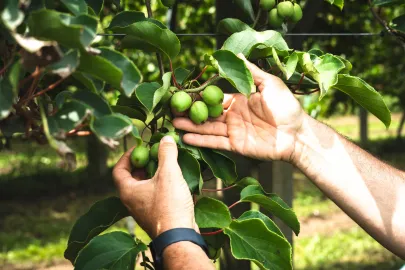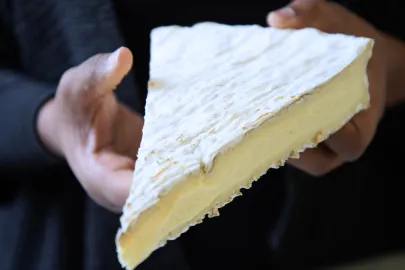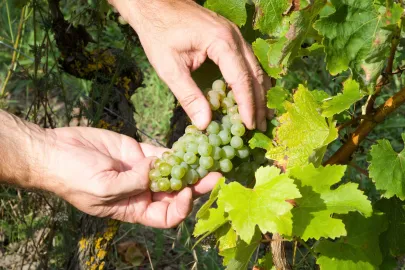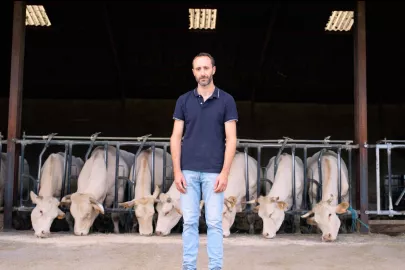In the French commune of Saoû, in the Drôme region, Inès de Rancourt and Daniel Gilles of the cooperative farm La Chèvre qui Saoûrit, produce organic Picodons: the little goat's cheese disks that are typical of the region. Read on to find out more.
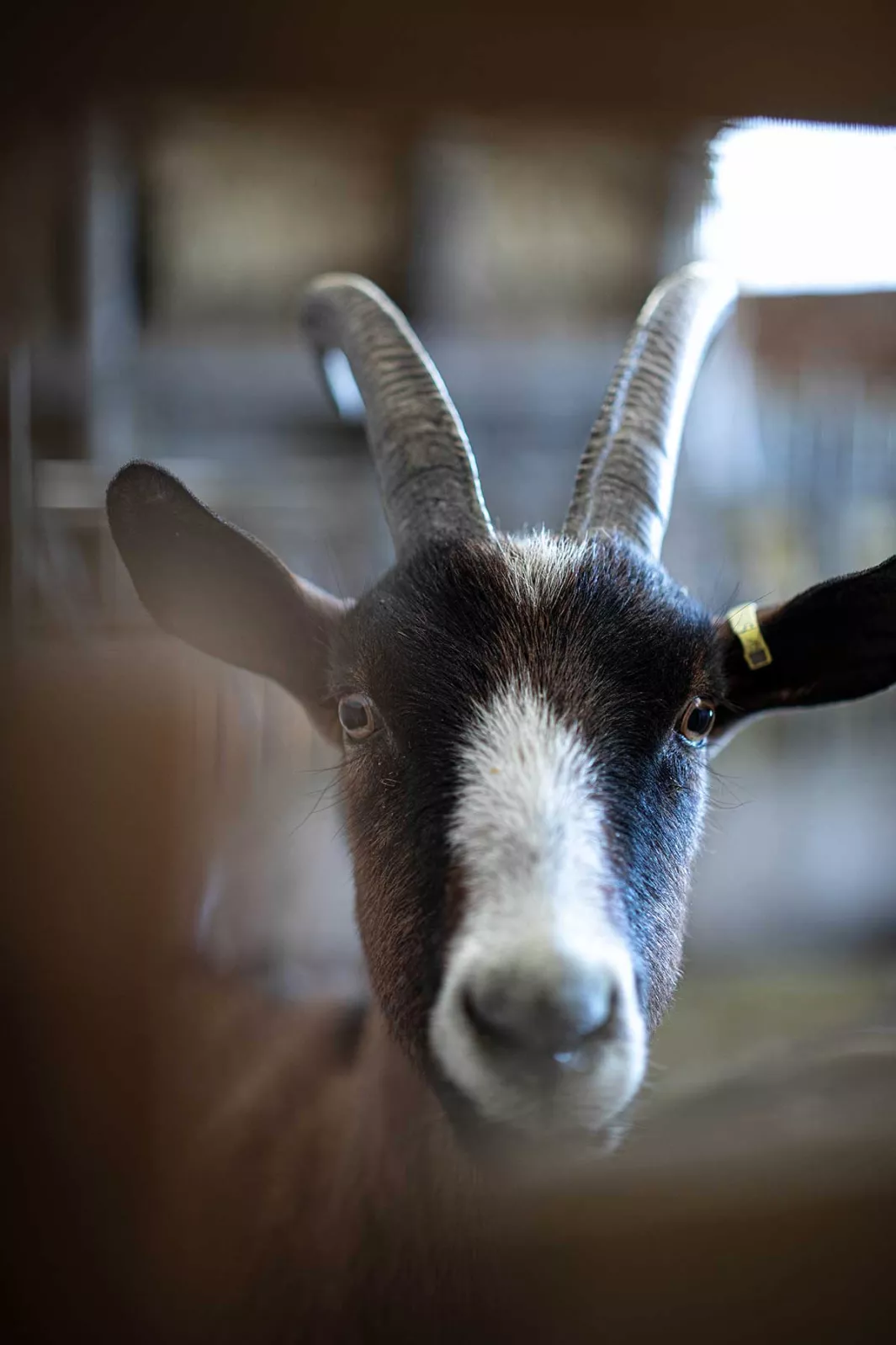
It is 7:30 am. I arrive at Inès de Rancourt et Daniel Gilles' farm bearing pastries from the local bakery. In the shed on the edge of the village of Saoû, their 55 Alpine goats are getting ready for milking. Over the next two weeks, their milk will be transformed into Picodon, a small farmhouse cheese made with raw milk, which has a Protected Designation of Origin (PDO) for approximately 150 farmers spread across south-eastern France, in the Drôme and Ardèche regions as well as the cantons of Valréas and Barjac.
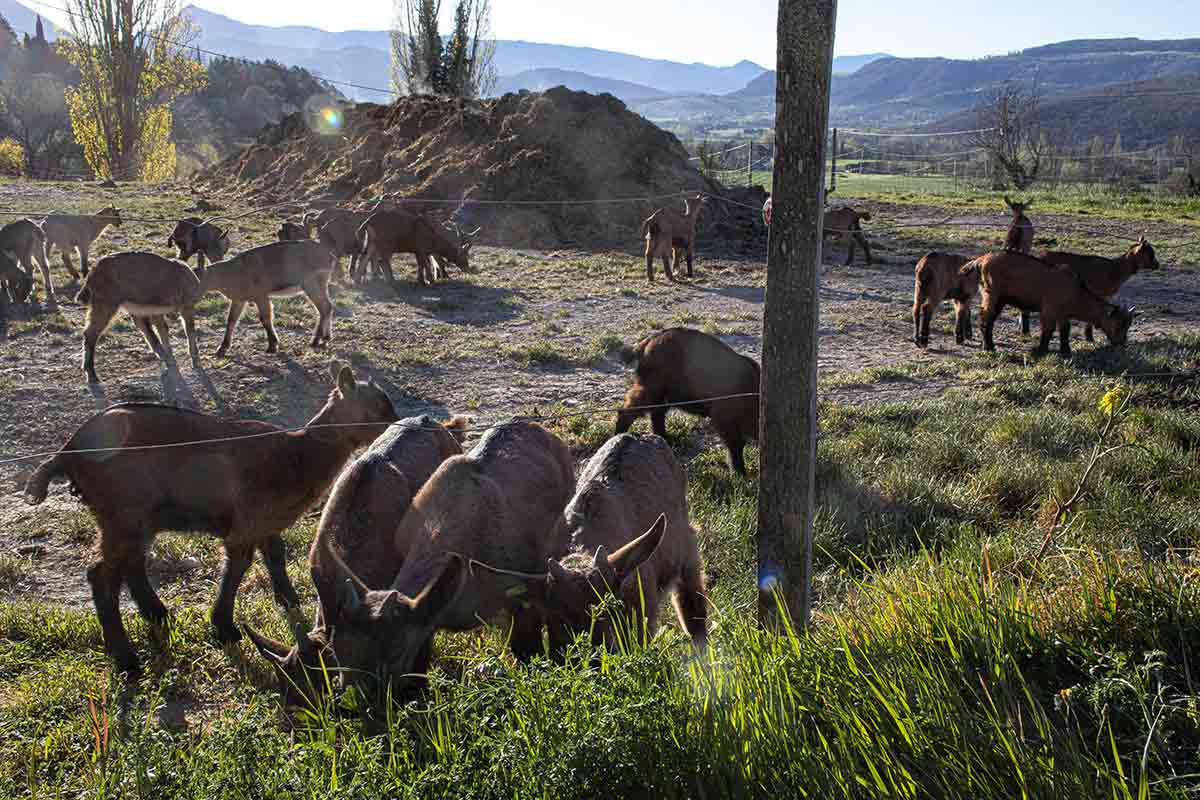
© ©PHILIPPE VAURÈS SANTAMARIA
Good country sense
"Every morning at around 8 am, I go out to the goats. Each animal produces around three liters (0.6 gallons) of milk per day but at the moment, we are sharing with their kids. The milk goes to whomever gets up first!" jokes Daniel Giles, who has been rearing goats for about ten years. "They are weaned when they reach fifteen kilos (33 lbs) in weight. We keep around twenty. The others are sold to individuals or restaurant owners, or we prepare them in house", continues his wife Inès, who is brimming with energy and enthusiasm. The couple produce almost all the feed for their herd themselves. Daniel grows barley and hay to complement the grass that the goats munch on when they are outside. When the weather is good enough, the goats graze on the surrounding land. Inès also herds them into the Saoû forest, so they can stretch their legs and take advantage of the vegetation there. "The milk is richer when we turn them out to graze in the spring and fall, when they eat acorns", she explains.
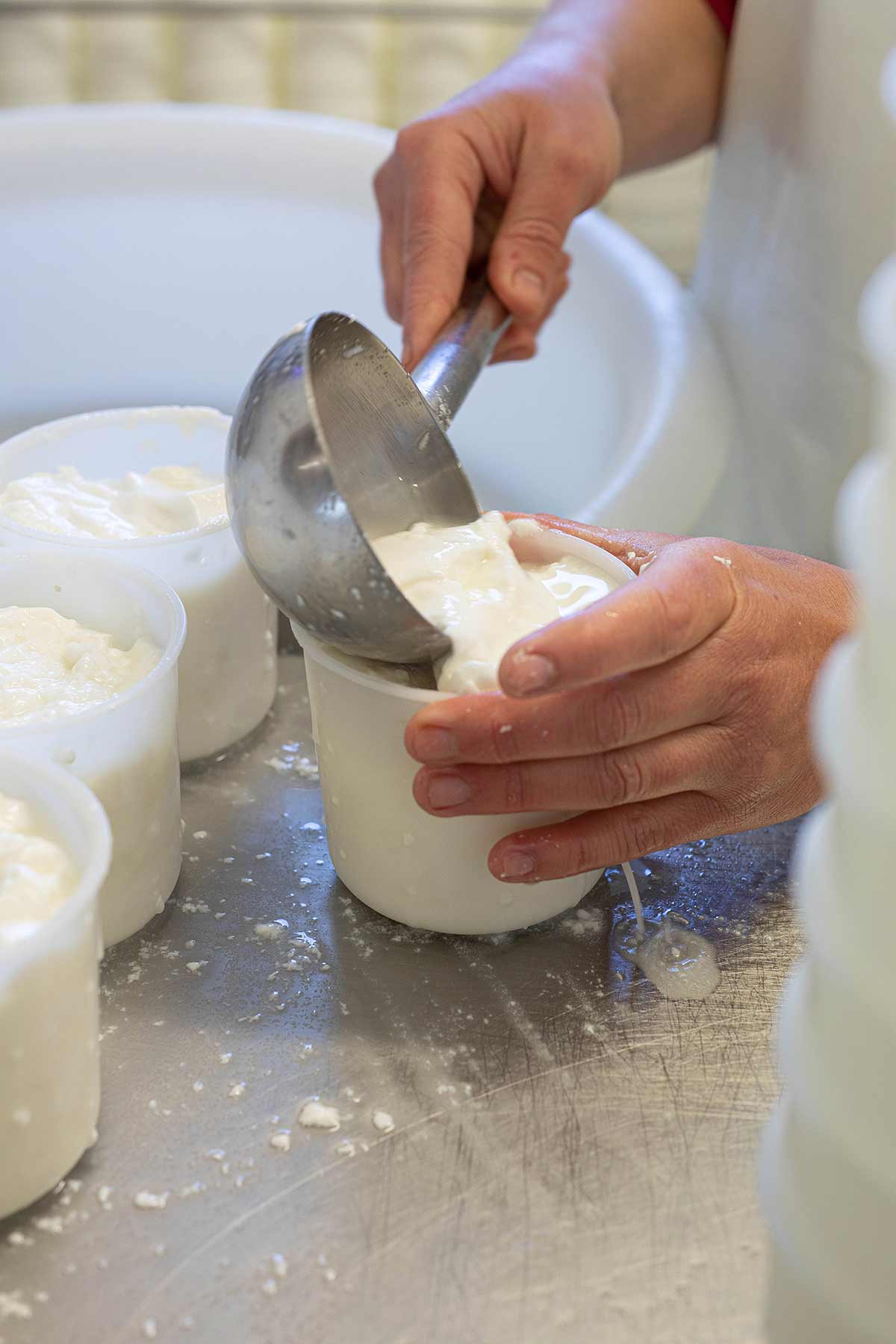
© ©PHILIPPE VAURÈS SANTAMARIA
From milk to cheese
On Inès and Daniel's farm, breeding is a natural affair: the ram is introduced to the females in August, and it varies from year to year but the kids start to be born around February. Milking and cheese production are then resumed. Milking takes around an hour and a half every day. The goats take their turn before returning to their young, all under the watchful eye of Ying, the old sheepdog. The milk collected is then mixed with some of the liquid or lactoserum from the previous day's curdling, the whey. Once the preparation has cooled to 20 °C, Daniel and Inès add a coagulant, rennet, which sets, or curdles the milk. "The following day, this curd is transferred to small molds dotted with tiny holes. A day or two later, the cheeses are removed from the molds, salted, and laid out to dry on racks. Finally, they are brought to the ripening room, to mature. This is when the flora develops. The flora, in conjunction with the microbial environment in our dairy, is what sets our process apart and makes our Picodons unique", Inès explains. To claim the PDO, the cheeses must be ripened for at least fourteen days. Once they are ready, Inès de Rancourt and Daniel Gilles sell their beige-colored organic cheeses every Saturday at the little market in Saoû, under the plane trees. An experience in itself. Then there's the flavor of their little cheese rounds, which are slightly nutty and spicy. A real treat with a white Saint-Joseph, especially on a sunny day.
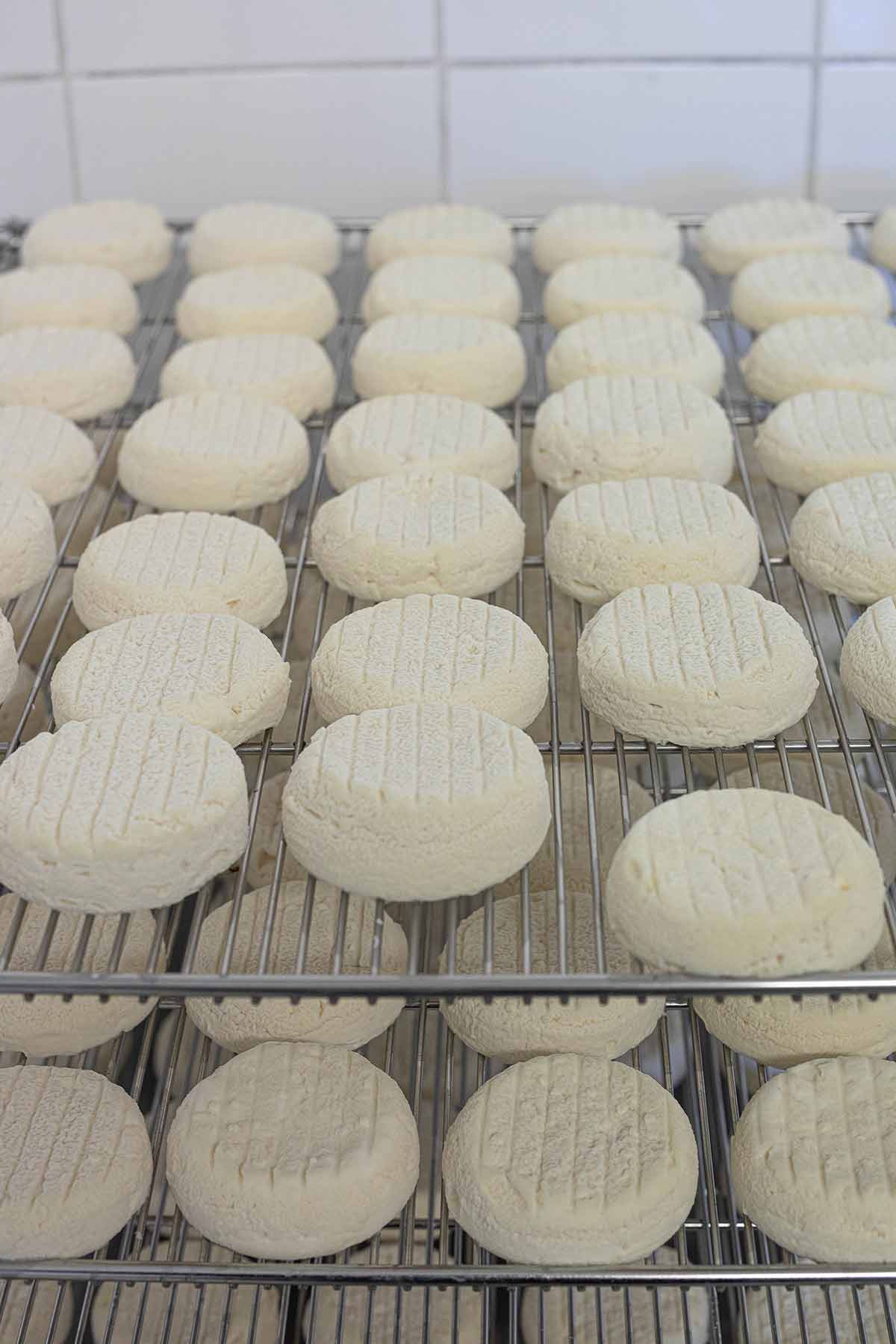
© ©PHILIPPE VAURÈS SANTAMARIA
La Chèvre Qui Saoûrit
180, route de Crest, 26400 Saoû
Cheese is sold from the farm every morning and at the Saoû market on Saturday mornings.
Contributor

Editor

